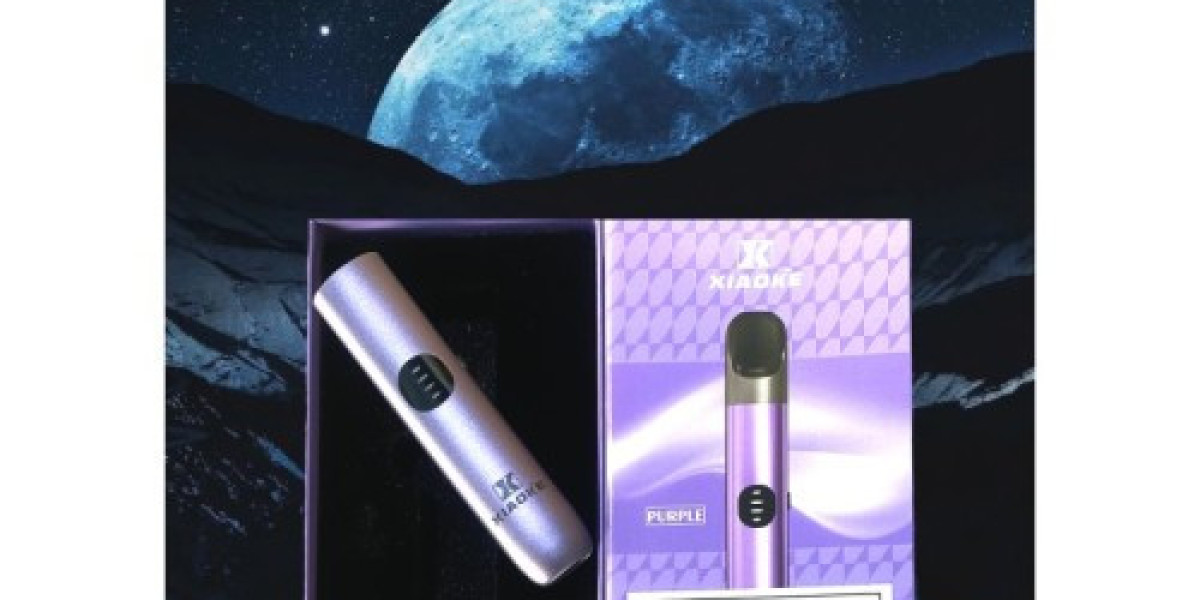Designing with 600x1200 tiles requires both aesthetic consideration and technical precision. These large-format tiles are popular in modern architecture because they offer a sleek, minimalistic look and reduce visible grout lines. However, their size demands thoughtful planning—from surface preparation and layout to the final aesthetic choices. Here’s how to do it right.
Understand the Scale and Impact
600x1200 tiles are significantly larger than traditional tile formats. Because of their size, they can make a space feel more expansive and seamless. This makes them a strong choice for open-plan areas, modern bathrooms, and commercial spaces that benefit from a continuous look.
Before selecting this format, assess your room dimensions. In smaller rooms, such as powder bathrooms, a 600x1200 tile might dominate the space and feel oversized. But in larger rooms—living areas, hotel lobbies, or office spaces—they create a premium, uncluttered aesthetic.
Choose the Right Material
These tiles are commonly made from porcelain, which is known for its durability, low porosity, and resistance to staining. Porcelain tiles exporter companies often offer 600x1200 tiles in a wide range of finishes, from matte and polished to textured surfaces. Matte finishes work well for floors as they offer grip, while glossy or polished surfaces are more suited to walls where slipperiness isn’t an issue.
If your project demands high-end durability along with visual appeal, always opt for high-quality porcelain tiles. The investment pays off in longevity and performance. A reputable tiles exporter in India will typically provide certifications or testing data for slip resistance, load capacity, and surface quality—make sure to review these.
Surface Preparation is Key
Due to their size, 600x1200 tiles are less forgiving than smaller ones when it comes to surface irregularities. Uneven subfloors can lead to lippage (uneven tile edges), which is not only unsightly but also a tripping hazard.
Before installation, ensure the substrate is level within 2mm over a 2-meter span. Use a leveling compound if needed. Professional tile installers often use suction lifters and leveling systems with spacers to maintain flatness and alignment during installation.
Plan the Layout Carefully
The layout of large-format tiles plays a huge role in the final look. Always dry lay a few tiles before installation to visualize the joints, cuts, and flow. Here are a few popular layout ideas:
Straight Lay (Stacked): This keeps the lines clean and modern. Ideal for minimalistic interiors.
Vertical Stacking: Especially effective for walls. This makes spaces feel taller and more streamlined.
Offset Patterns (1/3 Offset): Avoid 50% offset as this can emphasize any warping in tiles, causing lippage.
Also consider the direction of any veining or texture. Consistency in direction helps create a flowing, unified appearance, especially in marble-look tiles.
Consider Grout Lines and Colors
Large tiles are meant to minimize grout, so narrow grout lines are the standard—typically around 2mm. Choose a grout color that matches the tile as closely as possible to enhance the seamless effect. Dark grout with light tiles or vice versa can visually break up the surface, which might defeat the purpose of using large tiles.
Additionally, use epoxy or stain-resistant grout in areas exposed to moisture or heavy traffic, such as kitchens, bathrooms, or commercial floors.
Think About Wall and Floor Transitions
600x1200 tiles can be used on both floors and walls. However, the transition between vertical and horizontal planes must be deliberate. Aligning grout lines between floor and wall tiles creates a wrapped, continuous look that’s clean and architectural.
If you’re using different tile materials or formats on walls and floors, think through how they’ll visually connect. For example, pairing a matte 600x1200 tile on the floor with a glossy 600x1200 tile on the wall can keep the aesthetic unified while providing contrast.
Use Them to Create Features
Beyond just flooring or wall coverage, 600x1200 tiles can also serve as design features. Full-height backsplashes in kitchens, seamless shower walls, fireplace surrounds, and feature walls in bedrooms or lounges are all excellent applications.
The large size makes them ideal for book-matching designs or installing decorative patterns with minimal visual interruption. You can even use them to simulate natural materials like stone, concrete, or wood—with much easier maintenance.
A trusted porcelain tiles exporter will usually have a wide catalog of such stone- and wood-look tiles in 600x1200 formats, allowing designers and architects to achieve luxurious effects without the cost and maintenance issues of natural materials.
Handling and Cutting Tips
These tiles can be challenging to cut because of their size and hardness. Use a high-quality wet saw with a diamond blade to ensure clean, accurate cuts. For holes or notches, such as for electrical outlets or pipes, a diamond hole saw or angle grinder with a tile blade will be necessary.
Plan cuts so that they’re positioned in less noticeable areas, such as under cabinetry or along wall perimeters. Always double-check measurements—large-format tile leaves little room for error.
Don’t Forget About Weight and Transport
600x1200 tiles are heavy and bulky, which can complicate delivery, storage, and handling. Factor this into your planning—especially if you’re working in high-rise buildings or remote sites.
Talk to your tiles exporter in India about packaging and transportation methods. Tiles should arrive with edge protection and be stored vertically to avoid cracking. Unpack carefully and allow them to acclimate to room temperature before installation.
Sustainability and Maintenance
Many manufacturers now offer eco-friendly options. Look for tiles certified for recycled content, low VOC emissions, or sustainable manufacturing processes. Not only do they benefit the environment, but they can also contribute to LEED credits if you’re designing a certified green building.
In terms of maintenance, 600x1200 tiles are a breeze. Their low porosity and minimal grout mean fewer places for dirt and moisture to collect. Regular sweeping and occasional mopping with pH-neutral cleaners are usually enough to keep them looking pristine.
Conclusion
Designing with 600x1200 tiles means balancing beauty with precision. Their visual impact is undeniable—they create clean lines, enhance spatial perception, and elevate interiors to a modern standard. But their size requires forethought: from layout planning and substrate prep to careful handling and installation.
Whether you’re sourcing from a local supplier or a porcelain tiles exporter, pay close attention to quality and finish. With smart planning, these tiles can transform any space into a showcase of contemporary design.








